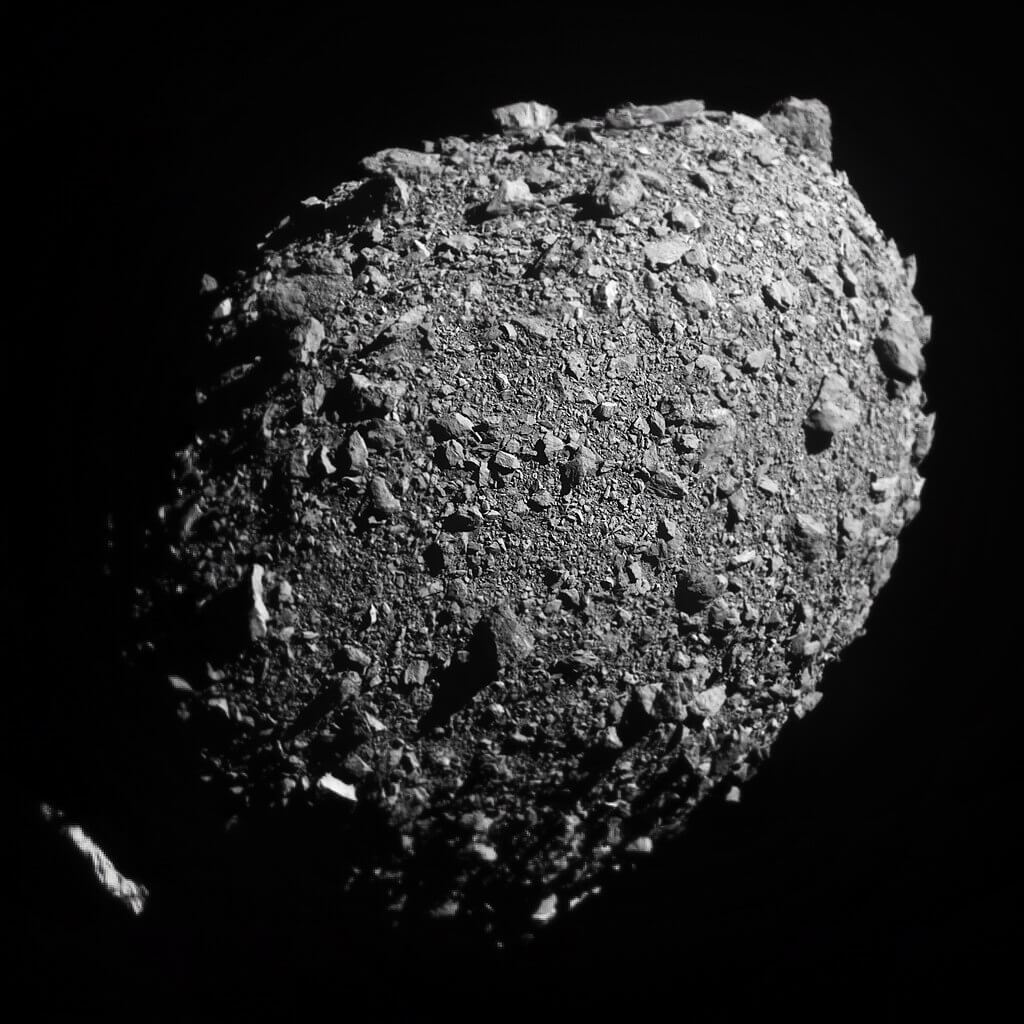10.01.2022
Dry granulation of plastic powders reduces air content and improves their flowability during transportation. A positive side effect of the granules is the removal of dust in the process. Temperature sensitive powders can also be granulated using pressure granulation at room temperature or lower temperatures. JRS Contract Manufacturing offers plastic processors to develop samples for such special applications as well as for post-contract manufacturing. JRS experts answer often asked questions about technology.

Granulation of powders improves process flowability and solubility in liquids (Figure: JRS).
What are the advantages of pressure granulation for plastic powders?
The transfer of plastic powders on the extruder is rather slow, although the transfer technology is chosen correctly? The reason for the moderate flow of powders is due to the high percentage of air in them, which also significantly reduces the performance of the machine. Constantly fluctuating drag performance makes it difficult for the control technology to control the system. Dry granulation of plastic powders improves flowability and reduces the high proportion of air during transportation, which improves the performance of the machine.
Granules dissolve faster than powder?
One might in fact assume that plastic powders dissolve in solvents more quickly than coarse grains. But this is by no means always the case. This is because plastic powders tend to form lumps in the melting process and thus greatly slow down the speed of dissolving. This results in an uncontrollable dissolving time profile, as powder clumps of different sizes require much longer dissolving times. However, if the powder mixture is gently pre-pressed at room temperature into finely divided granules, eg with a grain size of 1 to 3 mm, via the final crackers, the dissolution process is significantly faster and defined. The dissolving time is not only shorter compared to powders, but also compared to granules produced by dissolving granulation. Another positive side effect of the granules is the removal of dust in the process. Temperature sensitive powders can also be granulated using pressure granulation at room temperature or lower temperatures.
How is this enhanced dilution effect explained?
At the boundary of the powder granules, the solvent can penetrate into the granule more quickly and begin to dissolve the powder particles everywhere. At the same time, the size of the granules is determined so that individual granules do not stick together during the dissolving process.
To what extent can this effect be improved to achieve very fast solubility? Can rapid solubility be achieved using gentle pressure granulation, as with instant granulation?
There are no limits to the possibilities: this improvement took place, for example, in the case of wall covering adhesives – including dispersion powders contained in them, which are contained as film-forming polymer binders. After gentle pressure granulation in a temperature window below the imaging temperature of the polymer material, it was possible to produce optimized, fast-dissolving adhesive systems. By the way, this method is also used, for example, to solve HPMC. This is a derivative of cellulose, which significantly regulates the movement of polymer chains that are formed in the production of S-PVC. Accordingly, it is possible to improve not only the polymers themselves, but also auxiliaries for polymer production or additives in polymer solutions and dispersions.
© Kunststoff-Profi Verlag GmbH & Co. KG, Bad Homburg

“Certified tv guru. Reader. Professional writer. Avid introvert. Extreme pop culture buff.”






More Stories
Classic espionage, cyber attacks, creating economic dependencies, and technology withdrawal –
How the technology behind ChatGPT powers this bot
Mercedes G580 with EQ technology: The G-Class has become electric